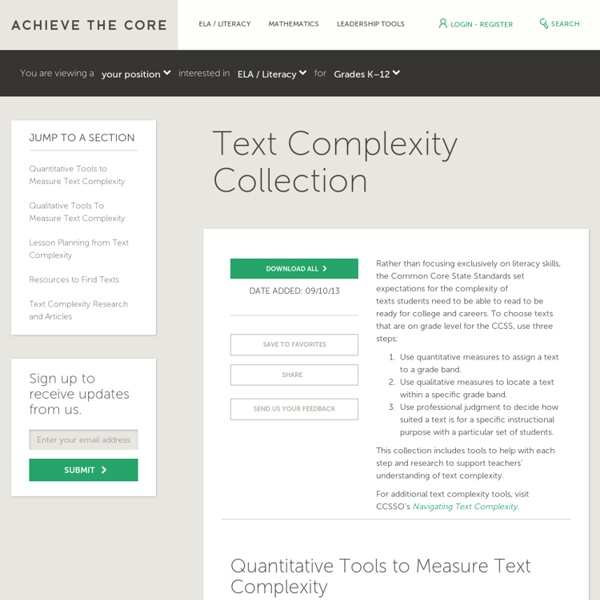



Pearson Reading Maturity Metric Navigating Text Complexity Understanding text complexity is essential to implementing the Common Core State Standards in ELA & Literacy. But what makes a text complex and how will it help prepare my students for college and career? What tools can I use to select rich, worthy texts for instruction in my classroom? How can analyzing the qualitative characteristics of a text inform my instruction of a text? We hope that you'll hop in and take these tools for a spin! This site was assembled by educators from CT, DC, HI, ID, IA, KS, KY, LA, ME, MI, MO, NC, OR, UT, WV & WY, members of CCSSO's ELA State Collaborative on Assessment and Student Standards.
Understand what you read